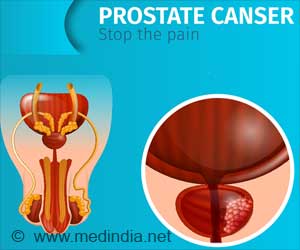
"The Turing model for pattern formation has long remained under debate, mostly due to the lack of experimental data supporting it," Dr. Rushikesh Sheth, co-first author of the study, said.
"By studying the role of Hox genes during limb development, we were able to show, for the first time, that the patterning process that generates our fingers and toes relies on a Turing-like mechanism," Sheth said.
In humans, as in other mammals, the embryo's development is controlled, in part, by "architect" genes known as Hox genes.
These genes are essential to the proper positioning of the body's architecture, and define the nature and function of cells that form organs and skeletal elements.
"Our genetic study suggested that Hox genes act as modulators of a Turing-like mechanism, which was further supported by mathematical tests performed by our collaborators, Dr. James Sharpe and his team," Dr. Marie Kmita said.
Advertisement
The study has been published in the journal Science.
Advertisement









